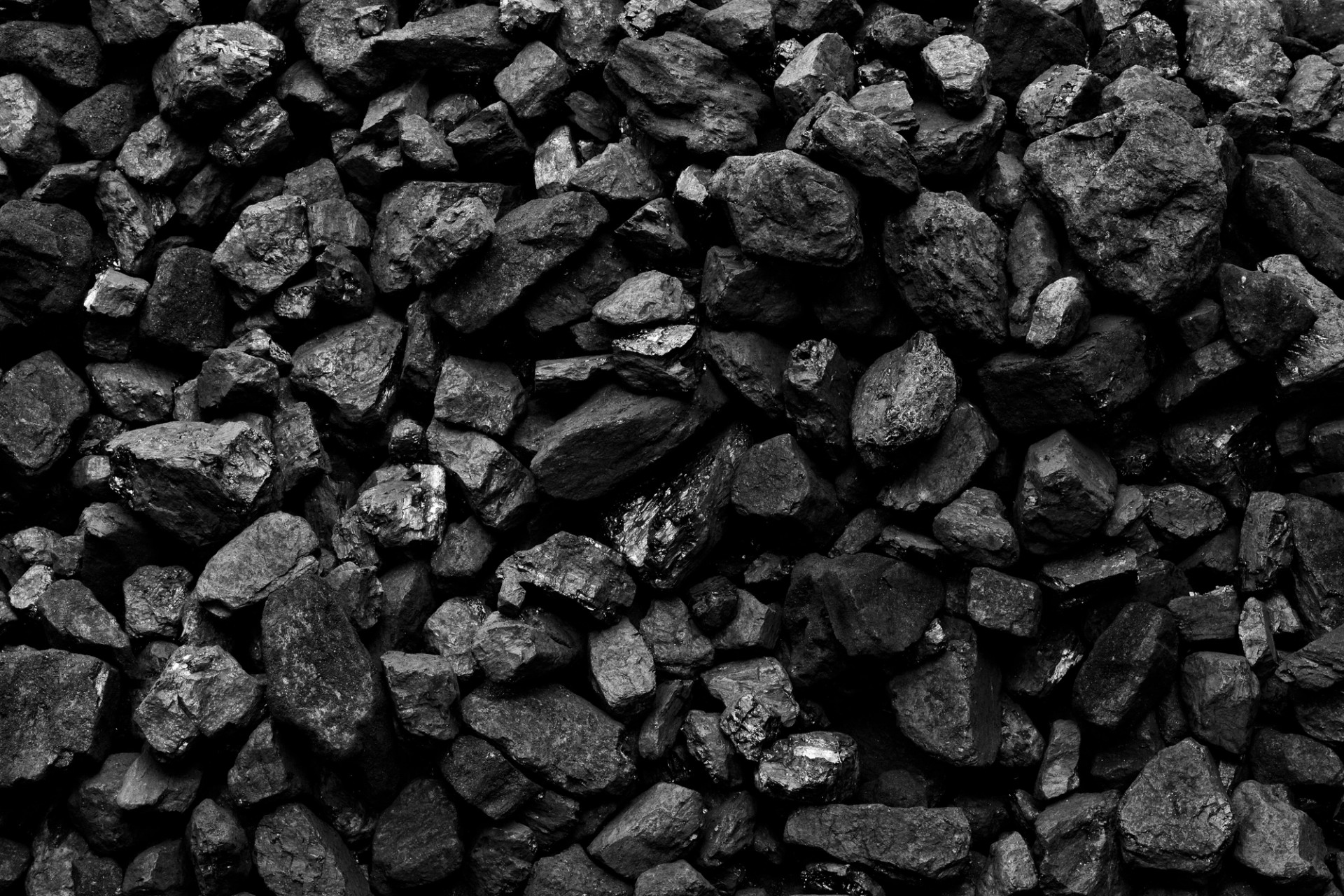Coal-based steel is also not ‘advanced manufacturing’
Hilary Lewis, Steel Director at Industrious Labs

Coal is the most carbon-intensive fossil fuel on the planet. When we talk about coal, the conversation typically centers around power plants and electricity generation, but metallurgical coal (“met coal”) used for iron and steelmaking is just as polluting and unnecessary, and it’s about to get a huge boost from the Trump administration’s tax bill.
Met coal used in ironmaking blast furnaces remains one of the most emissions-heavy industrial processes in existence. Met coal is processed into coke in high temperature ovens for use both as a fuel and a reducing agent to turn iron ore into iron, which is then further processed into steel. This antiquated technology dates back centuries, and yet the tax bill would allow met coal to qualify for the “advanced” manufacturing production tax credit — just one benefit of labeling it a “critical mineral” — which it is also not.
Every tonne of met coal burned in the steelmaking process releases approximately 2.668 tonnes of carbon dioxide, according to Global Energy Monitor—emitted not where it is mined, but where the coal is consumed in steel production. The U.S. exported approximately 46 million tonnes of met coal in 2023, which corresponds to more than 123 million tonnes of CO₂ and ranks the U.S. among the top exporters of met coal globally. Emissions from U.S. met coal burned abroad are roughly equivalent to the total annual carbon footprint of Bangladesh, a country of over 171 million people.
Our met coal exports reveal a glaring blind spot in our clean steel reputation, and the proposed subsidies only make it worse. Far outpacing domestic met coal consumption, this tax credit would mostly be used to subsidize dirty, inexpensive steel production overseas. The U.S. exports more than twice as much CO₂ in the form of metallurgical coal as its own coal-based steel industry emits at home. While the U.S. is a global leader in low-emission recycled steel, we continue to act as enablers of high-emission steelmaking abroad. The emissions may not appear on our national carbon ledgers, or steel industry statistics, but the U.S. still bears responsibility for this pollution and must act to mitigate, not subsidize it.
Inside Climate News estimates that the credit could be worth $200-300 million per year with no phase down, that’s $400-600 million every two years that instead could have gone to successful initiatives like the Industrial Demonstration Program (IDP) to convert domestic coal-based steelmaking to clean alternatives. For scale, the two steel modernization proposals originally advanced under the IDP were each considered for $500 million in grant funding, demonstrating the effective threshold of that financial carrot to attract private investment. Instead, met coal subsidies would make foreign dirty steel even cheaper, undermining the 50% steel import tariffs and new, clean domestic iron and steelmaking investments.
Transitioning to clean steel solutions, like green hydrogen-based direct reduced iron (DRI) is essential and actually advanced, coal on the other hand is not. The Trump administration’s attempts to further entrench coal through executive actions and this legislation instead of using these tools to boost American competitiveness put our manufacturing leadership and innovation at risk. Companies that are investing in modernization — like Cleveland-Cliffs’ IDP project in Ohio and Hyundai’s hydrogen-ready DRI in Louisiana — are directly harmed by the administration’s efforts to lower the cost of dirty, imported coal-based steel. We cannot afford to subsidize coal while the real competition in the growing clean steel market of the future races ahead.
Thinking globally, the steel industry cannot decarbonize in earnest while major economies continue to bankroll and subsidize met coal. It’s clear that because of the huge climate and economic damage caused by our met coal exports we must transition to clean steel not just in the U.S., but everywhere we export met coal to and import dirty steel from. It's time to confront this hidden side of the coal economy: American policymakers and industry must reduce fossil fuel exports that harm American competitiveness, investment and innovation, not subsidize them.
This post has been updated to include recent news.